HOW WILL YOU HELP SAVE OUR PLANET? STOP THE ZOMBIES! TAME YOUR TRASH
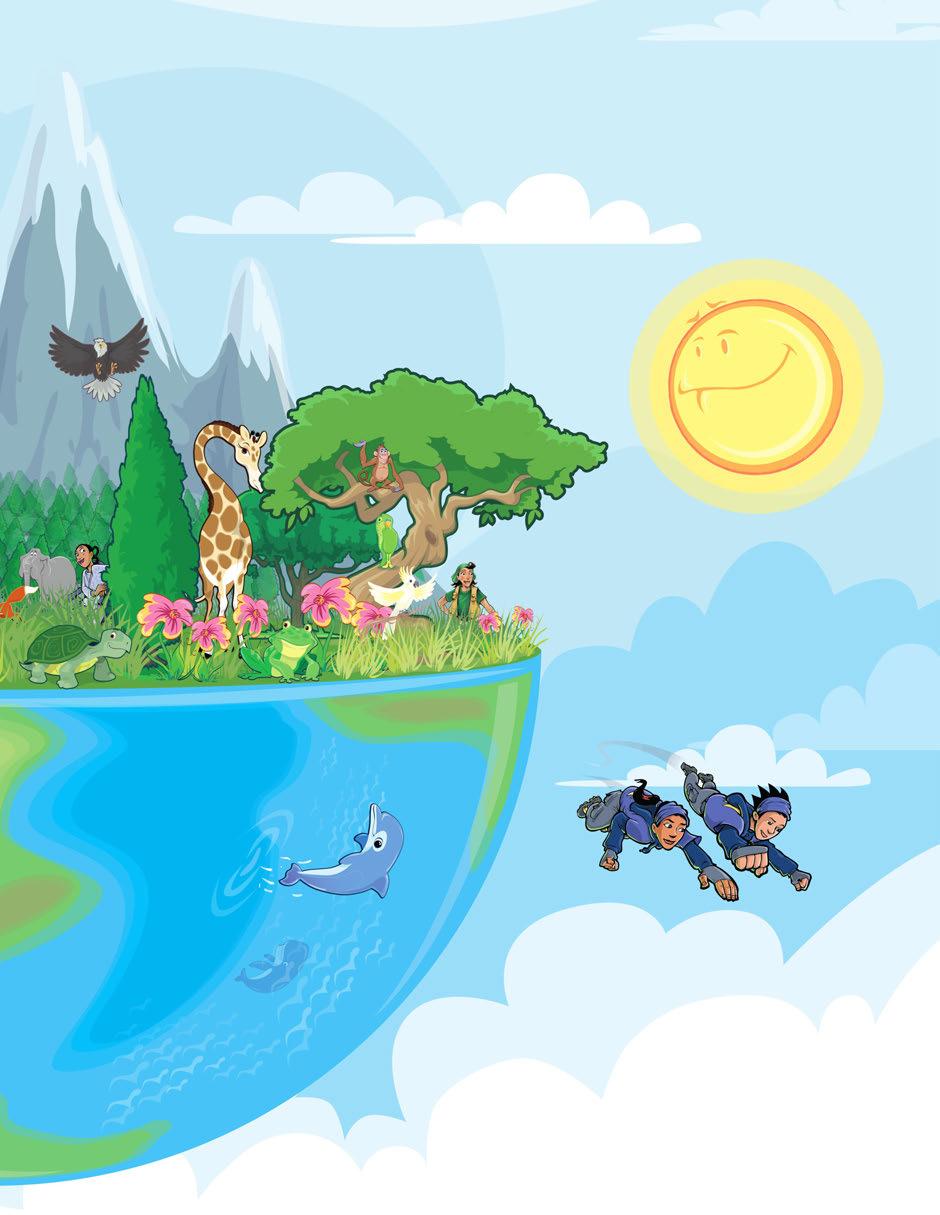
BAHÁ’Í NATIONAL CENTER
12 3 3 Cent ra l Street, Evanston, Illinois 60201 U S. 8 47 733 3409 brilliant@usbnc.org
Subscriptions: 1.800.999.9019 brilliantstarmagazine.org

HOW WILL YOU HELP SAVE OUR PLANET? STOP THE ZOMBIES! TAME YOUR TRASH

BAHÁ’Í NATIONAL CENTER
12 3 3 Cent ra l Street, Evanston, Illinois 60201 U S. 8 47 733 3409 brilliant@usbnc.org
Subscriptions: 1.800.999.9019 brilliantstarmagazine.org

Amethel Parel-Sewell EDITOR/CREATIVE DIRECTOR
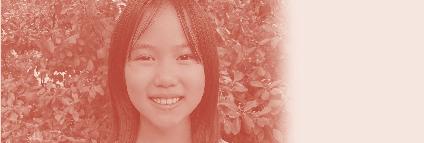
C. Aaron Kreader DESIGNER/ILLUSTRATOR

Amy Renshaw SENIOR EDITOR
Heidi Parsons ASSOCIATE EDITOR
Katie Bishop ASSISTANT EDITOR
Foad Ghorbani PRODUCTION ASSISTANT
Lisa Blecker ARTIST & WRITER
Donna Price WRITER
Darcy Greenwood WRITER
Dr. Stephen Scotti STEM EDUCATION ADVISOR
MANY THANKS TO OUR CONTRIBUTORS:
Benjamin Alsop • Josiah Amusin • Lana Berkey
Anees Derakshan • Alast Neday Diznab
Sasha Eblaghie • Ian Hamilton • Charlotte Hockings
Quddus Ismoilova • Christy Jensen
Faye Loghmanee • Adeline McVay • Christine Muller
Daniel Perell • Dr. Gary Reusche • Layli Sampson
Iulia Schneeweis • Naysan Sedghi • Zayn Ta’ati
Hannah Testa
ART AND PHOTO CREDITS
Illustrations by C. Aaron Kreader, unless noted
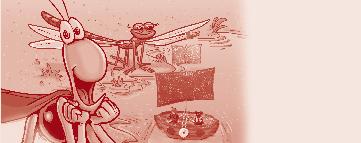
By Lisa Blecker: Watercolors on pp. 13, 29; photos on pp. 8– 9

By Foad Ghorbani: Art on p. 3
Historical photos courtesy National Bahá’í Archives, unless noted
STORY AND ACTIVITY CREDITS
By C. Aaron Kreader: 4
By Amy Renshaw: 6, 11, 14, 20, 25, 27
By Heidi Parsons: 1, 16, 19, 22, 28
By Katie Bishop: 1, 3, 4, 10, 12, 26
By Foad Ghorbani: 13
By Lisa Blecker: 8, 27, 29
By Donna Price: 11, 13, 14, 20, 28
By Darcy Greenwood: 2, 7, 24, 29
SUBSCRIPTION RATES AND RENEWALS
To subscribe, visit brilliantstarmagazine.org or contact Bahá’í Subscriber Service:
Toll-free: 1.800.999.9019 / Email: subscription@usbnc.org
Standard U.S. rates: $18 (One year); $32 (Two years)
International airmail: $38 (One year); $68 (Two years) Canada and Mexico: $28 (One year); $48 (Two years)
RIGHTS, PERMISSIONS, AND CLASS USE

All content in Brilliant Star is copyrighted by the National Spiritual Assembly of the Bahá’ís of the U.S. or by individual contributors. For permission to copy or translate, use form at www.brilliantstarmagazine.org/permission-request or write Brilliant Star, 1233 Central St., Evanston, IL 60201. Teachers may photocopy pages in limited quantities for classroom use. “Brilliant Star” and volume/number or issue date must be present on all copies, and proper credit given to the copyright owner.
Brilliant Star empowers kids to explore their roles as world citizens. Inspired by the principles of peace and unity in the Bahá’í Faith, we encourage readers to use their virtues to make the world a better place.
The Bahá’í Faith is the second most widespread religion in the world, with over five million Bahá’ís. It was founded by the Prophet Bahá’u’lláh (“Glory of God” in Arabic) in 1863. Bahá’u’lláh taught that all people are part of one human family, and all religions come from one God. Bahá’u’lláh’s eldest son, ‘Abdu’l-Bahá, interpreted His teachings and led the Bahá’í community after Bahá’u’lláh’s passing. Today, Bahá’ís work to bring love and justice to the world, and end prejudice and discrimination of all kinds.
11 12 14 22 16 26 24
Copyright © 2022 by the National Spiritual Assembly of the Bahá’ís of the United States 8 4 28
Bahá’u’lláh’s Life: Mission of Peace
His teachings and presence transformed ‘Akká.

Nur’s Nook
Make a sailboat to find your creative flow.
We Are One
Explore and care for the place we all call home.
Maya’s Mysteries

Take the Earth-Friendly Challenge!
Lightning and Luna: Episode #93
Our heroes need a rest, but will they get one?
Radiant Stars
Get to know kids who shine, like you.
Stargazer: Dr. Gary Reusche

Offering virtues, skills, and safety in Ukraine
Riley’s Rainforest
Dip your toe into forest bathing!
Shining Lamp: Nick Hockings
He shared Ojibwe culture and respect for nature.
Cosmo’s Corner
A crossword and more from our favorite chameleon
aMAZEing ADVENTURE
Help polar bears reach their pals across the ice.

Geometric stars by Markovka

Our human family is full of amazing problem-solvers. From building ancient structures to inventing the internet, people throughout history have found creative ways to overcome challenges.
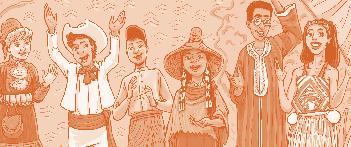

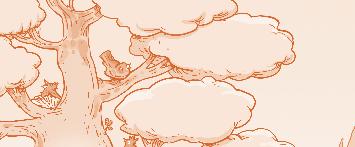
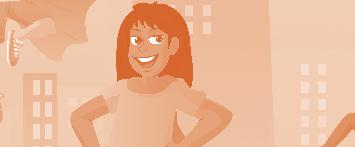
Now more than ever, it’s time to put those problem-solving skills to use. Climate change is harmful for the people, animals, and plants that share this world. But we can make a difference. With cooperation and perseverance, we can create a place where everyone thrives.
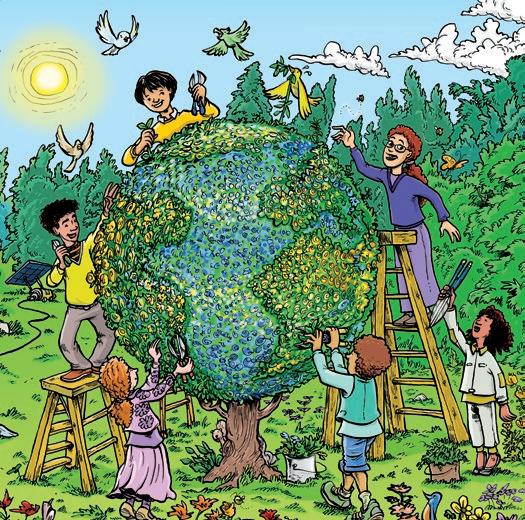
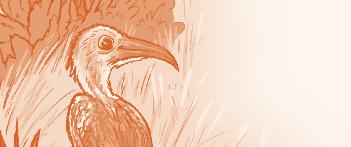

In this issue, explore how you can help Earth heal. See the incredible impact even the smallest fungi can have on an ecosystem. Learn how communities around the world are taking action. Quiz yourself on your Earth-saving skills. Light up your creativity with Nur’s paper boat craft. And get to know Dr. Gary Reusche, who empowers kids and youth at his camp in Ukraine.
When everyone pitches in, we can care for Earth, its creatures, and humanity. How will you help our planet— for today and tomorrow?
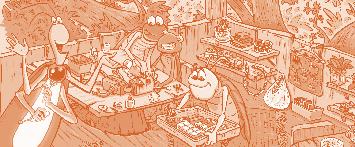


This issue's cover art by C. Aaron Kreader was created in part with our new, updated app for making art, IMAGINATION STATION. You can find most of the images by checking out the clip art tool in the app. Have fun exploring the new IMAGINATION STATION at Brilliant Star Online: brilliantstarmagazine.org/games/imagination-station2

“Do all in your power to be as one, to live in peace, each with the others: for ye are all the drops from but one ocean . . . the pearls from a single shell . . .” — ‘Abdu’l-Bahá
It’s fun to find seashells on the beach. Did you ever wonder where they come from? Most are created by mollusks—soft-bodied ocean creatures such as clams, oysters, and snails. Their cells release proteins and minerals that harden into a protective layer. There are an estimated 200,000 species of mollusks, and each shell is one of a kind, like a fingerprint!
When mollusks die, shells they leave behind help the
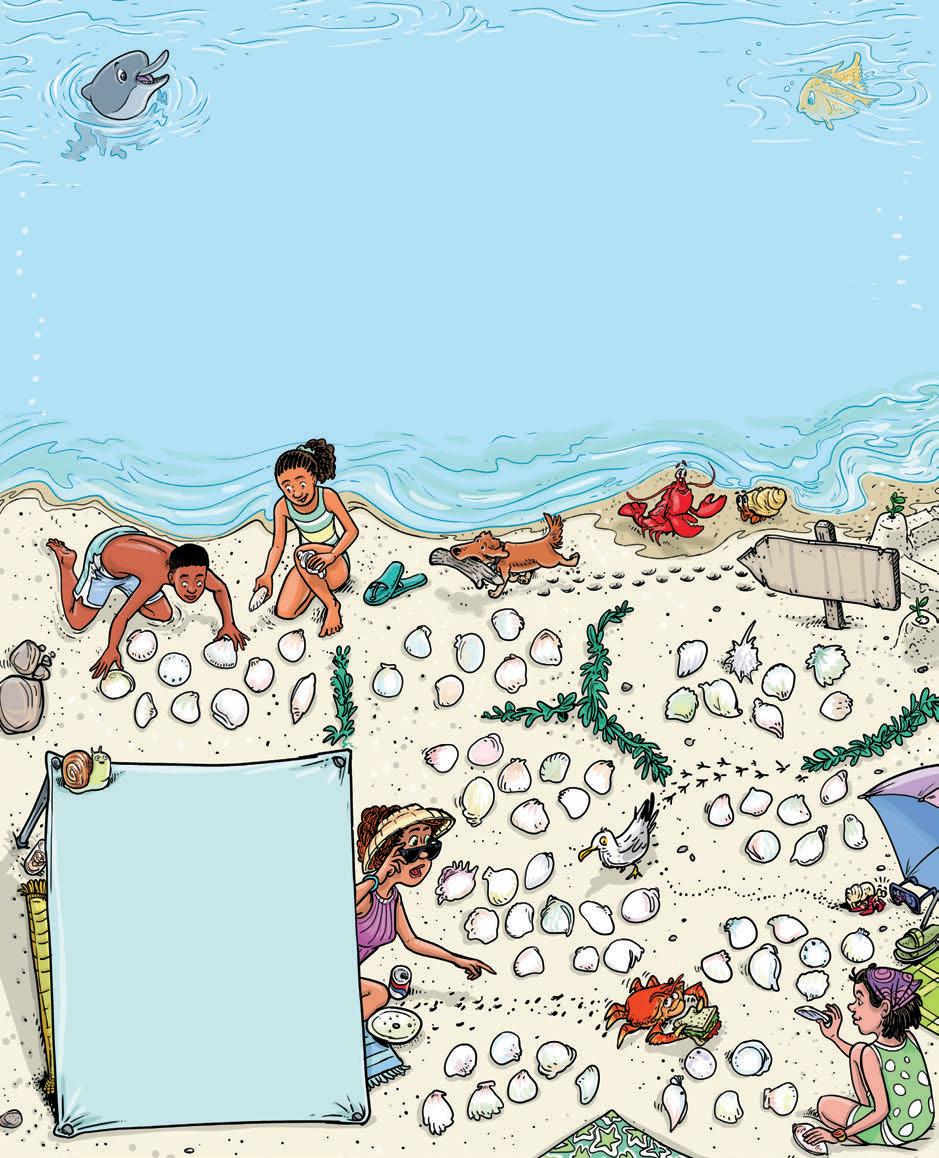
ocean and its creatures. Hermit crabs, octopuses, fish, and other animals use them as homes or as places to hide from predators. Shells help stop beaches from washing away, and they enrich the seafloor with minerals. Collecting a seashell as a souvenir is tempting. But you can keep beaches healthy by leaving shells on the sand and taking photos instead. If everyone pools together, we can turn the tide and save our seas!
Unscramble each cluster of shells to discover virtues that can help us care for Earth in unity.
What do crabs do on their birthdays?
we SHELL-ebrate!
LEAVE SHELLS ON THE BEACH!
“The excellence, adornment, and perfection of the earth consist in this, that through the outpourings of the vernal showers it should become green and verdant
How do superheroes face their foes and protect the planet?
They use their powers of determination and perseverance to tackle one challenge at a time. One action may not seem like a lot by itself. But add them together, and before you know it, you’re soaring over obstacles and saving the day.
Climate change is a major threat to our planet. But every step you take to care for Earth can be a victory. Each sip
from a reusable water bottle keeps our oceans and marine life safe from a little more plastic. Every time you tend a garden or plant a tree, more clean, fresh air is released into the environment.
Like any heroic effort, this job works better with a team. If we all pitch in, our impact and powers grow. All of us can be heroes in the quest for a healthier world!
Do you help save our planet? Circle your answers, then add up your points.
9. I recycle as much as I can.
Often = 3 • Sometimes = 2 • Rarely = 1
10. I bring reusable utensils with me so I can skip plastic ones.
Often = 3 • Sometimes = 2 • Rarely = 1
11. When I print, write, or draw, I use both sides of the paper as much as possible.
Often = 3 • Sometimes = 2 • Rarely = 1
12. I pack food in reusable containers instead of one-use plastic bags.
1. I learn the facts about climate change and share them with others.

Often = 3 • Sometimes = 2 • Rarely = 1
2. I take quick showers to save water.
Often = 3 • Sometimes = 2 • Rarely = 1
3. When I’m heading out, I bring my reusable water bottle with me.
Often = 3 • Sometimes = 2 • Rarely = 1
4. To use less energy, I turn out the lights when I leave an empty room.


Often = 3 • Sometimes = 2 • Rarely = 1
36–28 POINTS Wow! You’re a powerful force for protecting our planet. Invite friends to join in!
5. While brushing my teeth, I turn of f the faucet so I don’t waste water.
Often = 3 • Sometimes = 2 • Rarely = 1
6. I try not to use plastic straws.
Often = 3 • Sometimes = 2 • Rarely = 1
7. I carry a handkerchief so I use fewer tissues.
Often = 3 • Sometimes = 2 • Rarely = 1
8. I try to find new ways to use old stuff instead of throwing it away.
Often = 3 • Sometimes = 2 • Rarely = 1
Often = 3 • Sometimes = 2 • Rarely = 1
27–20 POINTS Your environmental skills really make an impact! Keep going to learn more.
19–12 POINTS You’re on your way to becoming a planet protector. Choose a few tips to strengthen your training.
. . .” —’Abdu’l-Bahá
The highlighted area marks the time in which this story takes place.

The sun blazed as Bahá’u’lláh and His companions approached the sea gate of ‘Akká (now in Israel). Before they even stepped off the boat, false rumors had spread that the Bahá’ís were evil criminals who deserved cruel treatment. The lies circulated through the city like one of the illnesses that were so common in ‘Akká at the time.
1817 November 12
Birth of Bahá’u’lláh in Tihrán, Iran
1844
Recognizes the Báb as a new Messenger of God
1852
Imprisonment in the “Black Pit” of Tihrán
1853–1863
Exile in Baghdád, Iraq. From 1854–1856, He goes into the mountains to pray in solitude.
As the Bahá’ís disembarked from their ship, angry townspeople jeered at them from the foul, flea-infested streets. The stagnant air was heavy with the stench of pollution and the sounds of insults aimed at the new arrivals.
An announcement at the mosque warned that the Bahá’ís were dangerous and no one should talk to them. In a prison-city filled with murderers, thieves, and other outlaws, the innocent Bahá’ís were among the most hated and feared.
The city wall surrounding ‘Akká offered only a few places to enter the prison-city. Bahá’u’lláh and His companions passed through this sea gate after an exhausting journey.
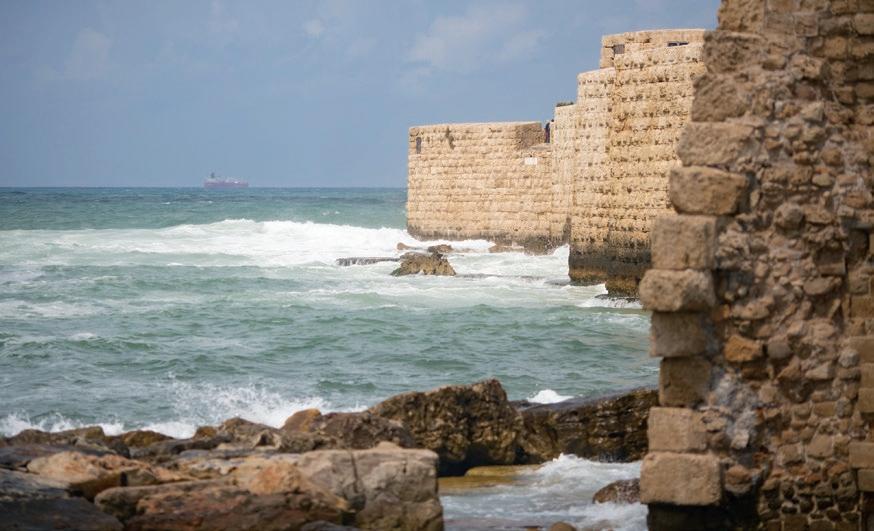
insights from the Bahá’í Faith. He earned the trust and respect of ‘Akká’s citizens, who went to him for guidance. ‘Abdu’l-Bahá never owned much, but he always gave to the poor.
1863–1868
Exile in Constantinople (Istanbul), then Adrianople (Edirne), Turkey. Begins writing letters to kings and rulers in 1867, urging world unity
1868
Last exile, to prisoncity of ‘Akká, Israel
1877
Finally free to live in countryside homes of Mazra‘ih and then Bahjí, outside ‘Akká
1892 May 29
Bahá’u’lláh passes away at Bahjí.
By this time in His life, Bahá’u’lláh had been imprisoned in a dungeon with heavy chains that left Him scarred. He had endured exiles in brutal conditions because leaders felt threatened by His new religion. His family knew the pain of hardship and hunger as they traveled from one country to the next, sometimes in the dead of winter. This was their harshest imprisonment yet. Bahá’u’lláh called ‘Akká the “Most Great Prison.”
But throughout all of these exiles, Bahá’u’lláh’s teachings brought a refreshing breeze of hope to each location. It was the same in ‘Akká. When His eldest son, ‘Abdu’l-Bahá, was allowed to leave the prison and go into the city, he visited the mosque to pray. People noticed his kind, wise, and generous nature. He shared
As people in ‘Akká began to learn from Bahá’u’lláh’s teachings and ‘Abdu’l-Bahá’s example, their attitude toward the Bahá’ís shifted. ‘Abdu’l-Bahá said that Bahá’u’lláh’s light “first had been a star; now it became a mighty sun . . .”
‘Akká was known for its filth and lack of natural beauty, but its environment began to change. Bahá’u’lláh urged the governor to fix a broken aqueduct, bringing fresh water to the city after decades without it. He encouraged people to plant gardens. In time, the region was bursting with pomegranate, date, fig, apple, citrus, and olive trees. Fresh air blew into the city from all directions. ‘Akká often seemed protected from epidemics that tore through surrounding areas.
Soon, talk was stirring about the Bahá’ís again, but this time it was positive.
The townspeople called Bahá’u’lláh an “august leader.” They said that the improvements in the city and in their lives were all due to Him and the uplifting effect He had on those around Him.
Bahá’u’lláh praised God for ‘Akká’s changes. He said, “The Almighty . . . hath transformed this Prison-House into the Most Exalted Paradise, the Heaven of Heavens.” “
Use the key to decode a quote from Bahá’u’lláh about transformation.
Use the key to decode a quote from Bahá’u’lláh about transformation.
With its fresh air, abundance of color, and bubbling fountain, the Ridván Garden near ‘Akká offered welcome relief from the polluted prison-city.
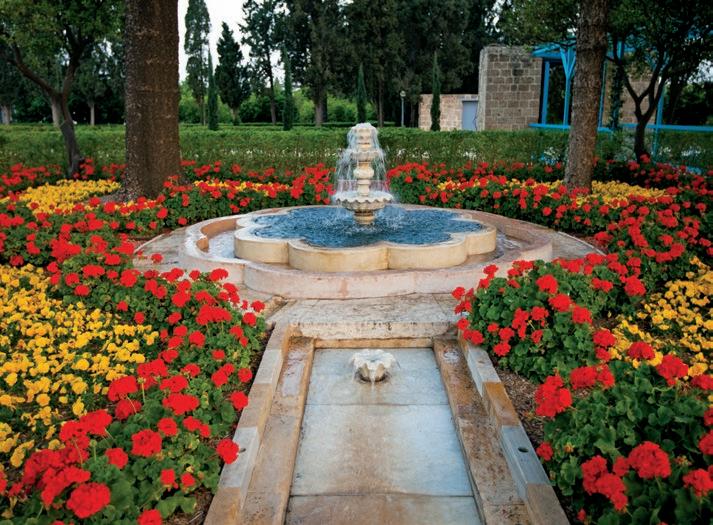
“If the daystar of justice . . . were to shed its light upon men, the face of the earth would be completely transformed.” Bahá’u’lláh
One evening in April 1952, Shoghi Effendi, the Guardian of the Bahá’í Faith, looked around the dinner table at his guests in Haifa, Israel. With a joyful expression, he said, “Early tomorrow morning we all shall go to Bahjí; I am asking every available man to be there, as we have some very important work to do.”

Bahjí, the location of the Shrine of Bahá’u’lláh, is the holiest spot on Earth for Bahá’ís. It stands near the mansion where Bahá’u’lláh lived for His last 12 years. As His great-grandson and the Faith’s leader, Shoghi Effendi longed to beautify the sacred area. But the land had been owned by enemies of the Faith, preventing him from carrying out his plan. Finally, after over 20 years, the property was in his hands.

marked with string and wooden stakes. Along the paths, gardeners dug trenches for hedges of thyme. The widest path led to the door of the shrine. Shoghi Effendi looked elated as he said, “Finally we have a dignified way to reach the Shrine, the approach to which I shall further beautify.”
Rain fell in the afternoon, but the team persevered. They wanted to accomplish as much as possible before sunset. Young trees were planted along the paths. Flowering plants, topsoil, and grass seeds were brought from Haifa.
That night, Shoghi Effendi developed a cold, but in the morning, he managed to return to work. Over the next three days, the group planted trees, borders, hedges, and star-shaped flower beds. They installed iron gates, steps, pedestals, and stone decorations.
Though he had no formal training in landscaping, Shoghi Effendi had a “truly extraordinary artistic sense” and a “perfect sense of proportion,” said his wife, Amatu’l-Bahá Rúhíyyih Khánum. Together they had visited many gardens around the world.
Determined to grow lawns in Israel’s desert climate, Shoghi Effendi imported grass seeds from Europe. “I am a lover of flowers and gardens,” he wrote to one company. He asked them to send “any pictorial plant you may think suitable to my purpose.”
During the days at Bahjí, Ugo said, the land near the shrine became “a beauteous, entrancing garden, looking as if it had been there from ancient times . . .”
One guest that night was Dr. Ugo Giachery, a Bahá’í chemist from Italy. Like the others, he was happy to assist the Guardian. At the time, only a few trees had been planted near the shrine. Ugo described most of the grounds as “a sea of sand.”
The next morning, Shoghi Effendi and his helpful companions gathered at Bahjí. Ugo helped him trace nine paths that radiated in an arc from the shrine. These were



Shoghi Effendi nurtured the gardens until his passing in 1957. Ugo wrote, “My heart is deeply moved whenever I walk around the gardens and see all the things he accomplished with so much love and such boundless eagerness: a living reminder of the happy days when he was on this earth.”
Today, Bahá’ís from around the globe visit Bahjí as part of a pilgrimage to the Faith’s holy sites, where they can be uplifted by the Guardian’s imaginative vision.
How are you inspired to help our planet? Kids are helping in amazing ways! At age nine, Robbie Bond learned that U.S. National Parks were in danger of closing. He collected 5,000 signatures to save them and started the group Kids Speak for Parks. Hannah Testa was 10 years old when she got passionate about stopping plastic pollution. Now a teenager, she’s given presentations to nearly 30,000
kids and adults around the world!* Chloe Mei Espinosa was 11 when she created the Skip the Plastic Straw effort, inspiring individuals, schools, and hospitals to eliminate single-use plastic straws.
These kids each started with a small seed of an idea and used their creativity, determination, and passion to help it grow. One person can make a huge difference. What’s your goal to protect our planet?
Write your name above. On the trunk, write a goal and a date to reach it. Add ideas to help your goal grow!
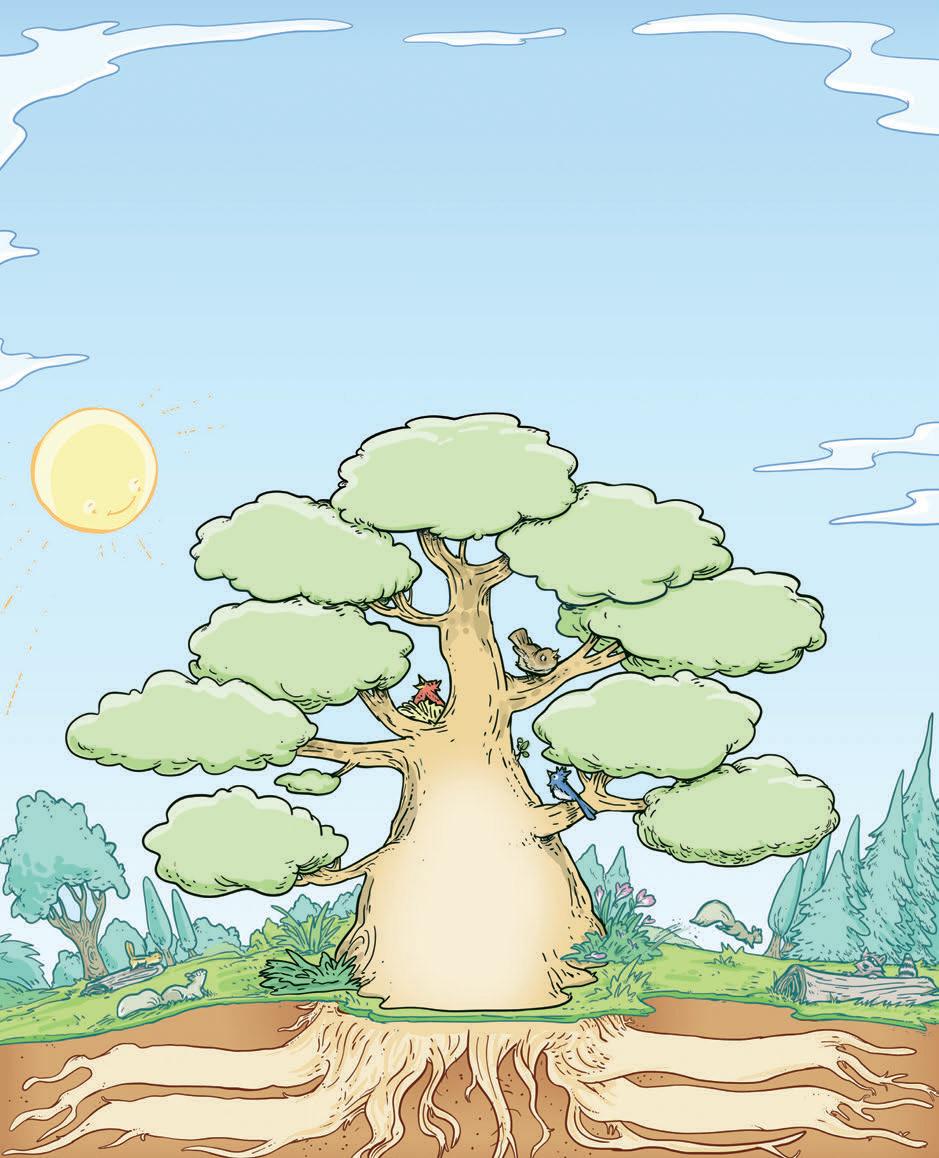
Who can help?
I hope to learn
I’ll stay motivated by
I’ll celebrate success by
Ideas for handling challenges
Challenges I may face
Supplies
I’ll need
My goal can help the planet by
Skills I’ll use:
MY GOAL:
I plan to reach my goal by this date:
Virtues I’ll use:
Videos, websites, or books to help
Steps I can take today

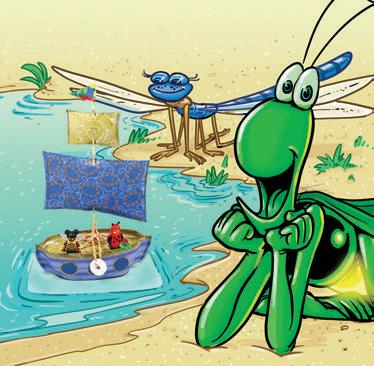
“All the existing arts and sciences were once hidden secrets of nature.” —‘Abdu’l-Bahá
Making arts and crafts really lights me up! But this week, I was having a hard time feeling radiant. No matter how long I sat at my art table, fresh ideas just wouldn’t flow. Then my dragonfly friend, Sky, invited me out to her neighborhood pond. As we flew around the colorful lilies, tall willow trees, and sparkling water, my imagination fired up!
It’s amazing how being in nature can inspire us. It reduces stress and helps us relax about things like time limits. Creative solutions are more likely to float along. When I got home from the pond, I made this cool boat with items in my recycling bin. Check out the steps below to make your own sailboat. Then find a safe spot to set it afloat. Have fun exploring how nature inspires you!
• 7" (17.8 cm ) round, coated paper plate
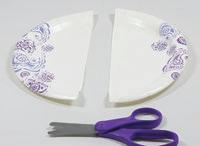
• scissors
• ballpoint pen
• ruler
• stapler
• 1½" x 4" (3.8 x 10.2 cm) cardboard tube
• used plastic sandwich bag
• packing tape
• tacky glue
3 Stack larger pieces of plate with coated sides facing each other. Staple top and bottom of each side so boat’s edges are even. Trim if needed.
• thick paper
• decorative paper
• wooden skewer
• two 9" (22.9 cm) pieces of string
• two ring-shaped hard candies
• 5½" x 7½" (14 x 19.1 cm) flat cut-out or lid of used plastic food container
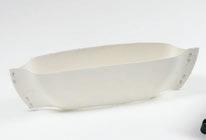
• Optional: toy minifigures
4 Wrap paper tube snugly inside sandwich bag and tape it closed.
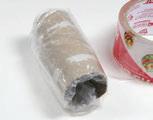
5 (a) Push paper tube inside boat until its bottom is flat against table. Turn boat upside down on thick paper. Trace around boat and cut out shape for deck. (b) Glue decorative paper to deck and sides, leaving boat's top and bottom paper-free.
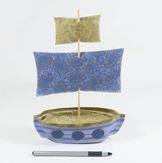
a b
9 Fold 1" x 3" (2.5 x 7.6 cm) decorative paper in half so short ends meet. From fold, cut off corners to make triangle for flag. Open flag and glue around mast’s tip.
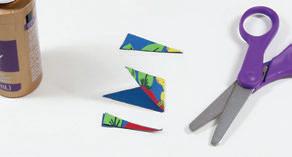
7 For mast, push skewer through holes in deck and tube until it touches bottom of tube. Press deck evenly on paper tube so it’s snug inside boat and mast stands upright.
8 (a) Cut out 3 ½" x 6" (8.9 x 15.2 cm) and 2" x 3" (5.1 x 7.6 cm) decorative paper rectangles, for sails. Trim so edges are curved. (b) Press pen’s tip ¼" (.6 cm) from center of longer edges of each sail to make small holes. Thread mast through holes.
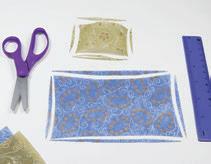
10 Thread string through candy and knot ends around mast. Repeat to hang a candy on other side for balance. Tape toy minifigures in boat or create some mini-sailors with paper cut-outs. Tape or set boat on plastic lid and carefully balance it on calm water. Experiment with ways to keep it afloat.*
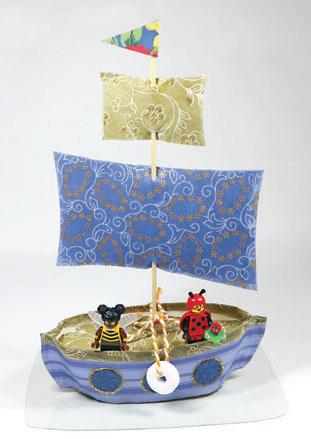
up any plastic and small parts from your craft that could harm water or wildlife.
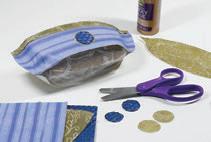

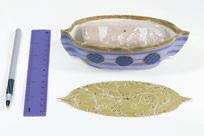
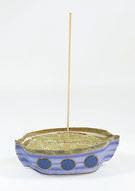
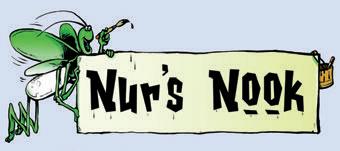
From the tiniest raindrop to the tallest mountain, and the countless creatures in between, we’re all part of Earth’s amazing ecosystems. Just as trees provide oxygen, and shellfish help clean oceans, we can do our part to care for the planet. Earth is suffering from pollution and the dangers of climate change. But communities all over the world
are answering the call to action. Some are changing daily habits—such as by riding a bike instead of driving a car. Some are using smarter gardening approaches or inventing cleaner technologies.
Climate-care leaders offer hope and inspire us to help Earth heal. Each action, large or small, leads to a brighter future for humanity and our planet.
At a climate fair, these youth are sharing how their communities help Earth. Read the clues, then match each with their country.
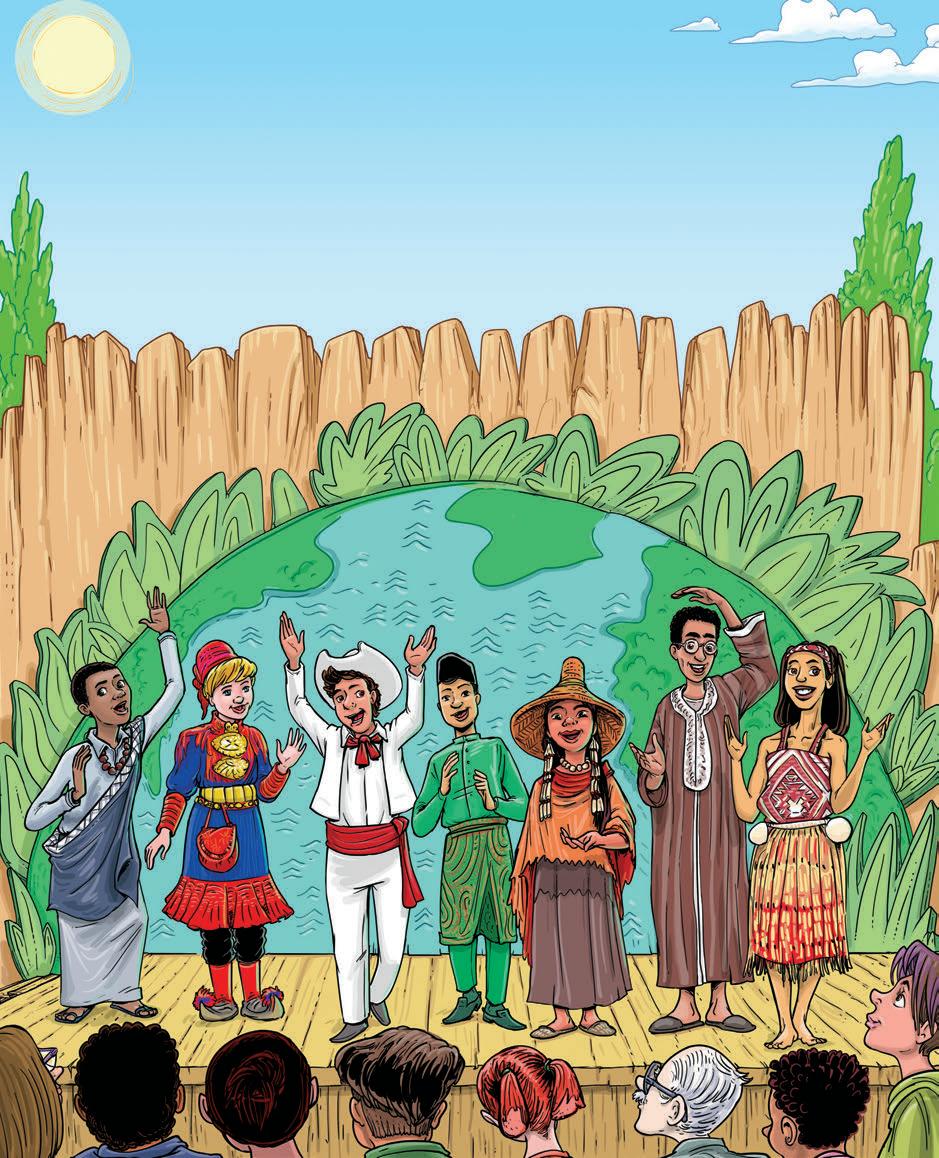
Known as “Land of a Thousand Hills,” my central African nation banned single-use plastic bags and packaging materials.
Part of my country is above the Arctic Circle, where you can see the Northern Lights! 99% of our waste is recycled or used for fuel.
My tropical land has over 100 volcanoes! We’ve planted enough trees to double the size of our rainforest.
We’re the only island that’s a city and a country!
Many of our buildings are green—they use things like recycled materials and energy-saving tech.
in our home near Canada, My indigenous Swinomish community makes sustainable clam gardens— rocky terraces along the shore where clams thrive.
In Northern Africa, my country speaks a dialect of Arabic called Darija. We built the largest solar farm in the world!
Over 80% of the energy on our Pacific Island is renewable, and we have some of the cleanest air on the planet.
Fungi are tiny, but they have a big job! They help break down natural items (like leaves) so they decompose and release nutrients that support new life. But unlike organic things, plastics that don't exist in nature degrade very slowly when exposed to light, heat, or air. Tiny bits called microplastics can get into our food and water. To keep Earth and its creatures healthy, we need to reduce and recycle plastic.
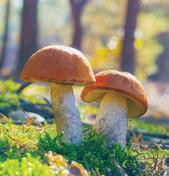
“All the members of this endless universe are linked one to another.” —Bahá’í Writings
Part with Plastic Write down or photograph all the plastic you use in a week. Note what items are only used once. Consult with your family about how to eliminate some plastic waste.




Hannah Testa is an environmental activist, author, and speaker from Georgia, U.S. When she was 10, she founded the group Hannah4Change, which educates people about global issues. At age 17, she wrote Taking On the Plastics Crisis. Hannah says, “Do not stay silent in the face of injustice. Now more than ever, the world needs you and your voice.”

We use up to five trillion plastic bags a year worldwide! But now, 127 countries have limited, taxed, or banned them.

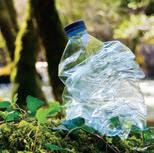
The Perito Moreno glacier is one of hundreds of glaciers in the South American ice fields. These ice fields are the third largest reserve of freshwater ice in the world. The glacier averages 230 ft. (70 m) high and covers 100 sq. mi. (250 sq. km). Unscramble the letters to find its country.
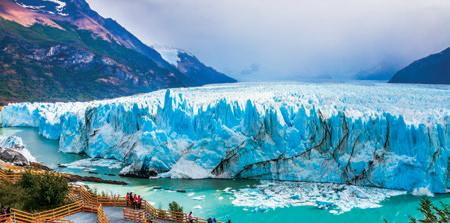
The largest reptiles in the U.S. can grow up to 13 ft. (4 m) long! They live in small social groups along the coast from Texas to Florida, and they communicate with chirps, hisses, and rumbles. Fill in the blanks to find their name.
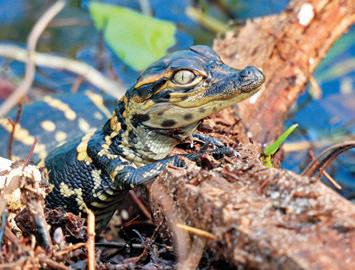
Caring for our planet is refreshing!
“This span of earth is but one homeland and one habitation. It behooveth you . . . to set your hearts on whatever will ensure harmony.” –Bahá’u’lláh
Plastic is everywhere! My junior youth group picked up trash at a nearby park, and we cleared away a mountain of it! Plastic bags, straws, utensils, snack wrappers, and other junk had littered the park. That stuff’s terrible for the planet, even when it makes it to the trash can. If I throw away a plastic bottle right now, my great-great-great-great-great
grandkids could dig it up one day, because it takes so long to break down.* Not cool! My friends and I don’t want kids in the future to live on a trash heap. So we’re doing an Earth-friendly challenge. We want to see how many ways we can reduce our waste and pollution in the next two weeks. Take the challenge with us!
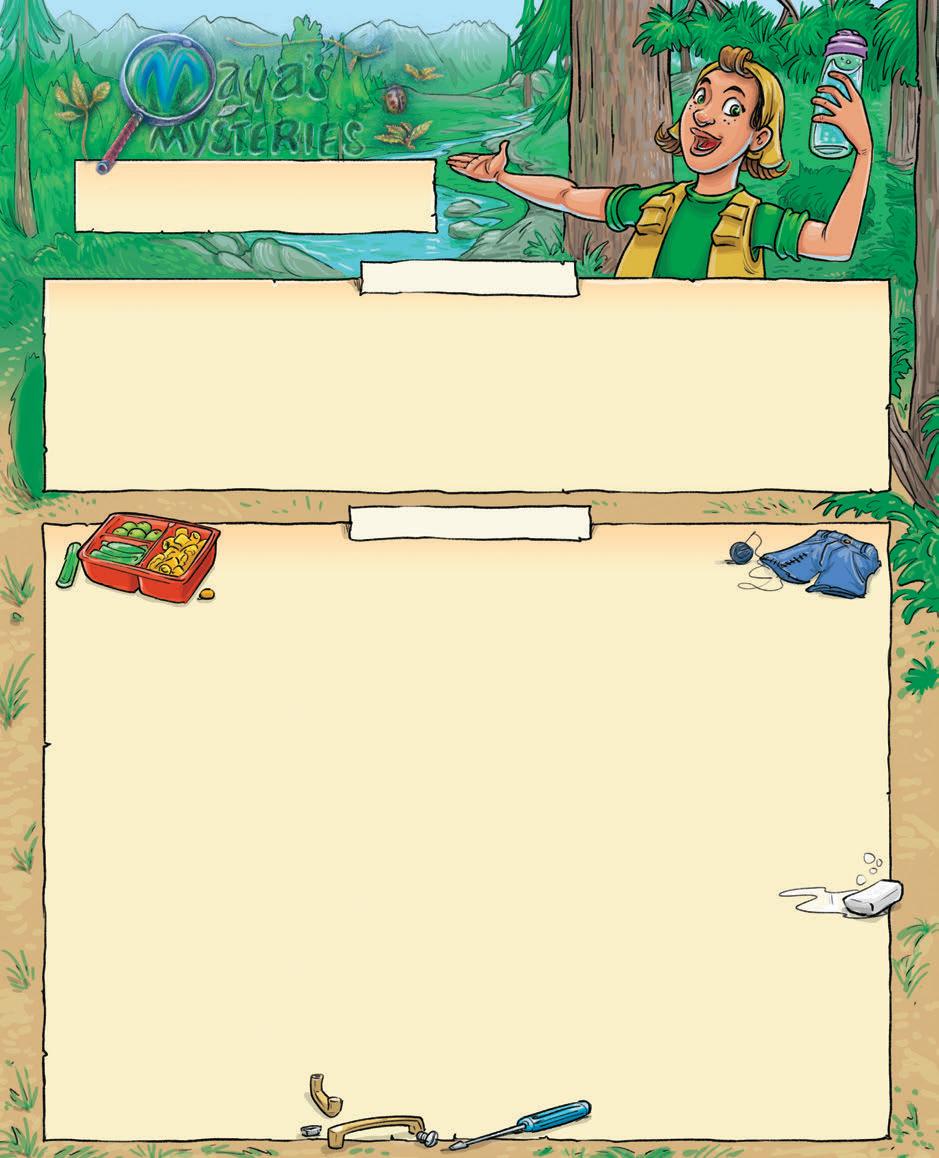
Ready to help out? Talk to your family and see how many actions you can do in the next two weeks.
% Eat one or two vegetarian meals or snacks in a week.
% Help your family finish leftover food to reduce waste.
% Start a compost bin so food scraps don’t go into the trash.
% Make your own snacks instead of buying packaged items.
% Choose drinks that aren’t sold in single-use plastic bottles.
% Pack food in reusable lunch bags and containers.
% Use cloth napkins instead of paper.
% Write to a restaurant and ask them to use Earth-friendly take-out boxes and straws.
% Bring reusable bags to the grocery store.
% Need to shop for something? Try to find it at a secondhand store.
% Swap used toys, books, and clothes with friends.
% Walk, bike, or carpool when possible to use less gas.
% Grow native plants to help pollinators and the ecosystem stay healthy.
% Plan or participate in a neighborhood clean-up event.
% Hold a “fix-it” night with friends to help each other repair broken items.
% Try to mend clothes instead of throwing them out.
% Reuse gift bags, or wrap gifts in colorful fabric.
% Hang up laundry to dry instead of throwing clothes in the dryer.
% Time yourself taking a shower, then make the next one shorter.
% Use bar soap instead of soap in plastic bottles.
Add your own ideas here:
% __________________________ __________________________
% __________________________ __________________________
% __________________________ __________________________
Nature can teach us a lot about cooperation, and a cool example is the fantastic world of fungi. Some fungi produce mushrooms, which are like the “fruit” of the fungi. But underground, like secret agents, there are vast networks of thread-like fungi called mycelia that can extend for miles!
Mycelia are essential to our forest ecosystems. They help plants and trees find water and nutrients. In return, the fungi get access to the food these plants
create. Mycelia can even help trees communicate with each other, sending signals about harmful insects and other dangers. When a creature dies, fungi help break down its chemicals so new life can grow.
All this teamwork makes the forest healthier, so it can provide food and shelter to animals and people. When we appreciate the mysterious ways that all living things are connected, we can give our planet the care it deserves.
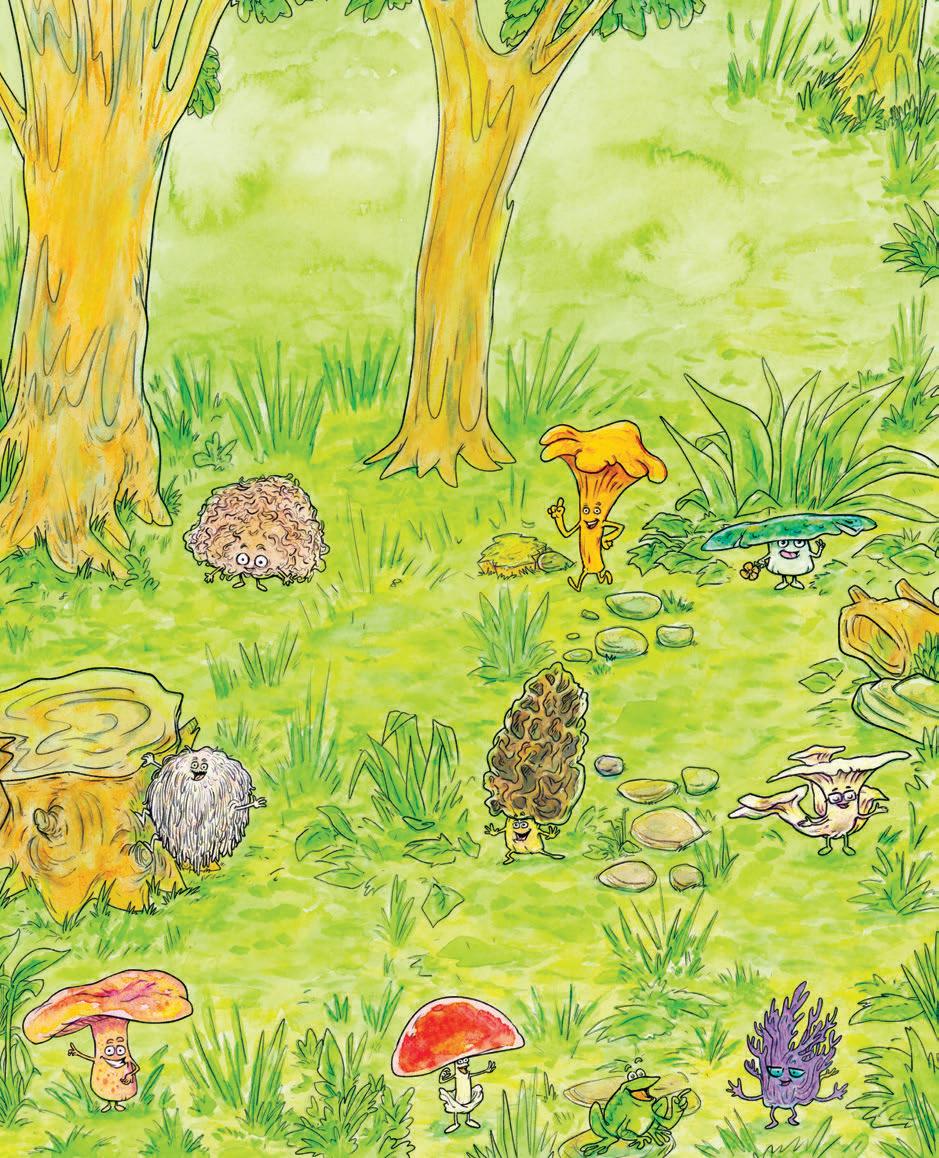
Forests protect b_od_vers_ty, providing habitats for millions of species.
Fungi exist as their own ki_g_om, separate from plants and animals.
Y_ ast is a fungus used in bread, chocolate, and other foods.
Like _ire_lies, over 80 species of mushrooms glow in the dark.
Fungi are diverse! There are at least two million _pecie_.
With help from fungi, forests clean the air by absorbing ca_b_n pollution.
To spread, mushrooms release microscopic spo_es carried by the wind.
Many m_dicin_s are made from fungi, including the antibiotic penicillin.
A scientist who s_udi_s fungi is called a mycologist.
You are ALL such fun-guys!
At the Blaze home . . .
Finally! We’re SO happy you’re home!
get some sleep. it's a school night! Me too!
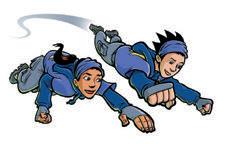
Quasar’s been updating us, but we were worried.
It was WILD !
in the morning . . .
We’re fine! Bax just needs some rest.
Photo club meets before school now?
Robot club, too. Colin says it's due to the heat wave.
Hmm, I thought my stress level would be better by now.
Well, no day off, but you’ll get to do math. You love that!
I’ve been doing math in my head just to stay calm.
#56
Can’t we take a day off? It's not like we were on vacation!

Maybe it’s time to take a break from saving the world?
Yeah . . . I really need. . .
You must be so tired!
Min! We’re back! �� Walk to school together?
It would do the opposite for me. At least we’ll see Colin and Minnah at lunch.
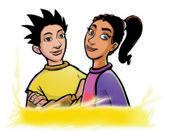
Sorry, photo club B4 school.
B!
That’s rough, Bridget. Maybe you can revive it?
Looks like Colin and Minnah made new friends. Yeah. we have been gone a while.
Later that day . . . At the Uplifters’ HQ . . .
I’ll scan it to learn more.
Enjoy more episodes of Lightning & Luna in our iPad app, available for free download in the Apple App Store!
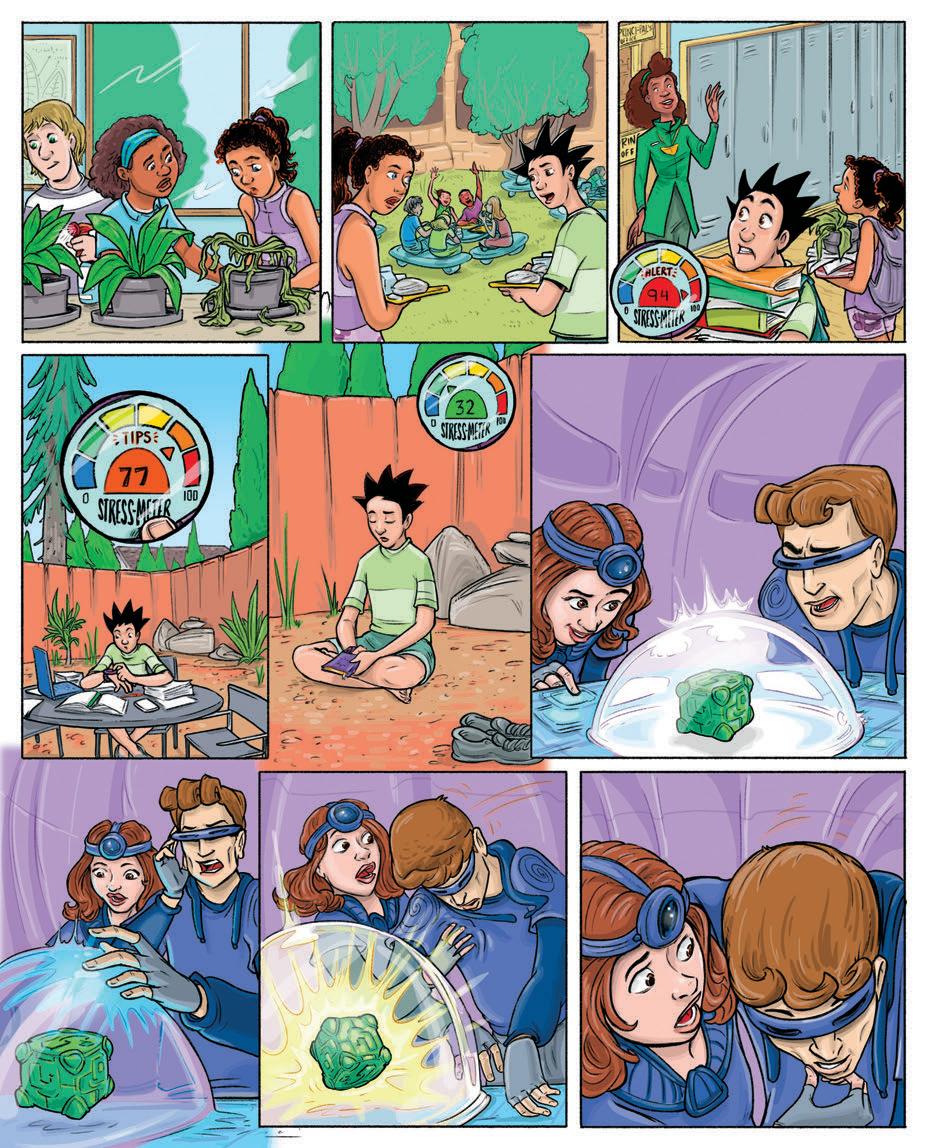
I’ve contained the cube from Professor Prowd’s anti-Uplifter weapon.*
What about the cube that flew off, zappo?
Great! Our world travelers have all their work! Turn it in by next Friday! Try
Our drone tracked it to Idaho, then lost it. This is very advanced tech. I can’t drain the power.
Pulsar? Pulsar! Answer me! <mooooan>